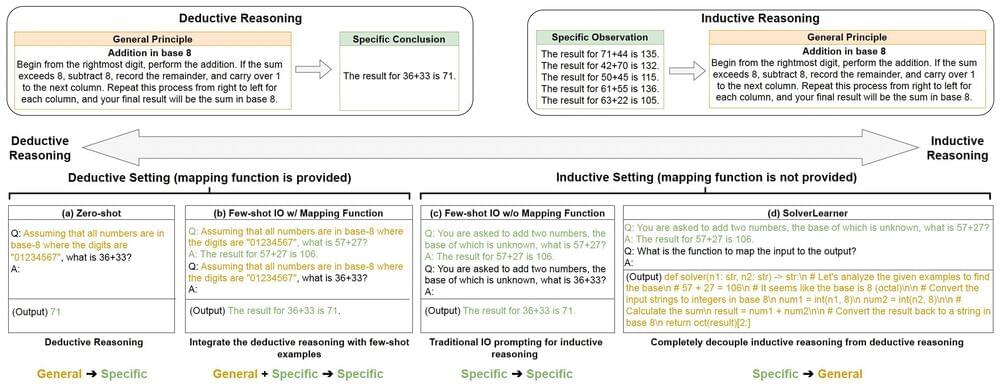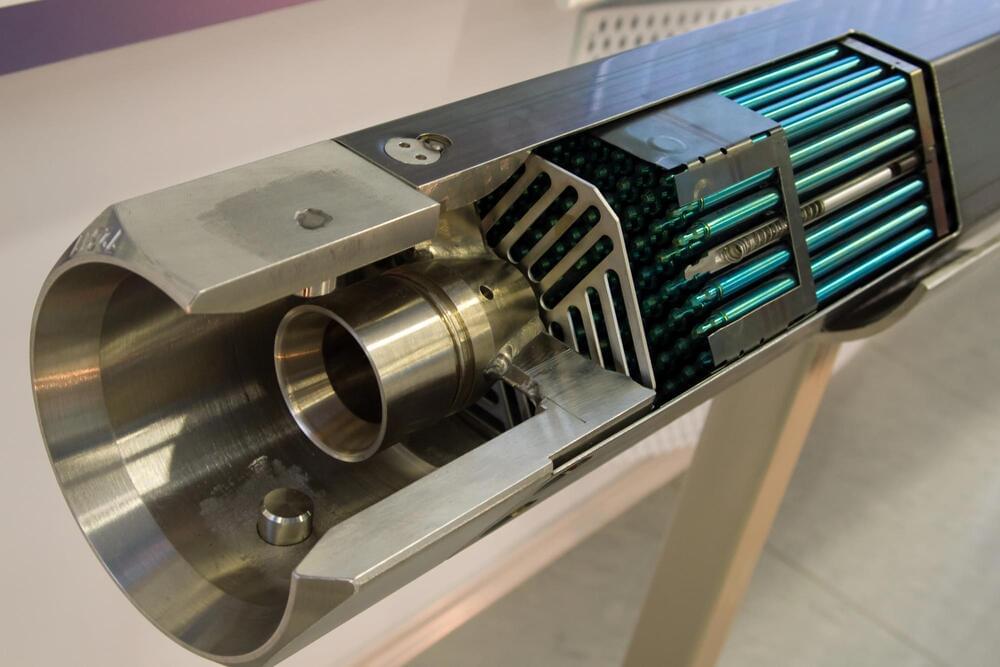Forward-looking: We’re approaching a point where traditional copper interconnections won’t be able to carry enough data to keep GPUs and other specialized chips fully utilized. The AI market is urgently demanding a next-generation solution to this interconnection bottleneck, and Broadcom appears to be working on an optics-based solution that is closer to the chip itself.
Broadcom is developing new silicon photonics technology aimed at significantly increasing the bandwidth available to GPUs and other AI accelerators. By utilizing co-packaged optics (CPOs), the fabless chip manufacturer aims to integrate optical connectivity components directly into GPUs, enabling higher data rates while simultaneously reducing power requirements.
The company has been working on CPO solutions for several years and showcased its latest advancements at the recent Hot Chips convention. Broadcom’s “optical engine” reportedly delivers a total interconnect bandwidth of 1.6 TB/sec, equivalent to 6.4 Tbit/sec or 800 GB/sec in each direction.









